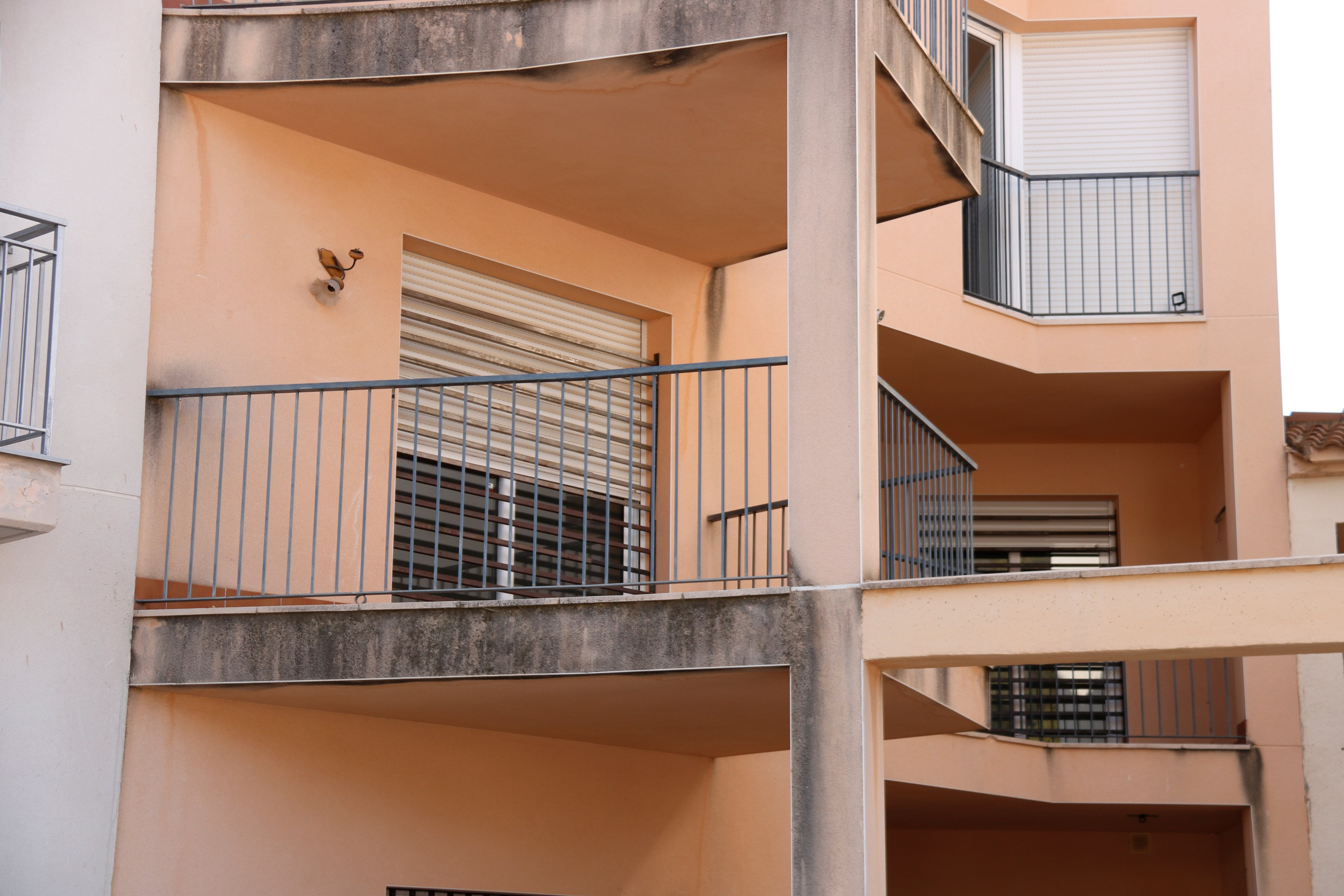The Catalan government has published the list of the 140 municipalities in Catalonia which it considers to be affected by "rent stress" and in which, as a result, it plans to apply measures to limit the price of rental housing. The list appeared this Thursday in the Catalan government gazette but the procedures to put it into practice began immediately after the passing of the Spain's new Housing Law in May this year.
One of the most important new features of the law is that it allows housing rental prices to be limited in certain municipalities in Catalonia. To do this, it is necessary to declare them as "stressed areas", where there are serious difficulties in accessing housing, and on that basis, the measures to limit rental prices will be applied to new contracts and to renewals of existing ones.
"We want to block the clever rule breakers"
With this criterion and the resource of the rental price reference index, which Catalonia has had for 4 years and is in force, it has been possible to update the data and adapt the index's two references - one, the cost of living in relation to the average rent, and two, the scale of recent rent increases - to the requirements of the new law, with the aim of being able to start limiting rental prices.
The just-appointed Catalan territorial minister, Ester Capella, warns: "We are working to eliminate any latitude for opportunists to take advantage of legal loopholes or loose interpretations", in statements to Catalunya Ràdio. And she added: "The law is Spanish, but it is inspired by the Catalan law. Catalonia will not stop doing what it has to do to guarantee the right to housing." The Catalan housing law was passed in September 2020 but wiped out as unconstitutional 18 months later.
Thus, the areas listed in today's official Catalan gazette meet at least one of these two conditions: that the average cost of mortgage payments or rent, plus basic expenses and utilities exceeds 30% of the average household income and that the purchase price or housing rent has increased at least 3 percent above the Consumer Price Index in the five years preceding the declaration of a stressed area.
Who does it affect?
Around 6.2 million people live in these municipalities, representing 80.6% of the total population of Catalonia. They are mainly concentrated in the Barcelona metropolitan area and on the Catalan coast. The four capitals, Barcelona, Girona, Tarragona and Lleida are all included in the list of cities where there is a significant risk of an insufficient supply of affordable housing. Following the publication of the list, a period of 20 days is now open for administrations, organizations and individuals to present appeals. Then, the appeals received will be answered and the final resolution will be notified to the Spanish ministry of transport, mobility and urban agenda, who will finally approve them.
Below, in red, the 140 municipalities where rents will be limited. Hover over any red municipality to see the average monthly rental price in the last quarter of 2022

What is a 'gran tenedor'?
At the same time, this Thursday's Catalan government gazette also gives a definition of a gran tenedor - "large property holder" - as a person or legal entity that owns more than 10 urban properties for residential use, or property with a built floor area of more than 1,500 m² for residential use, excluding garages and storage spaces. The Spanish law also allows this definition to be limited, as determined by each autonmous community, to owners of five or more homes. That is a possibility that the Catalan territorial department will study.

